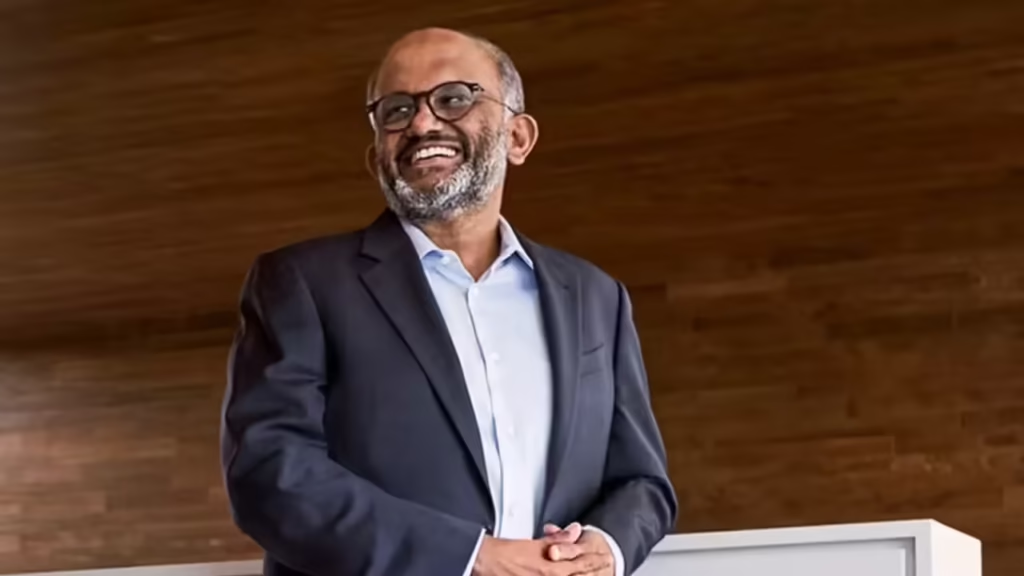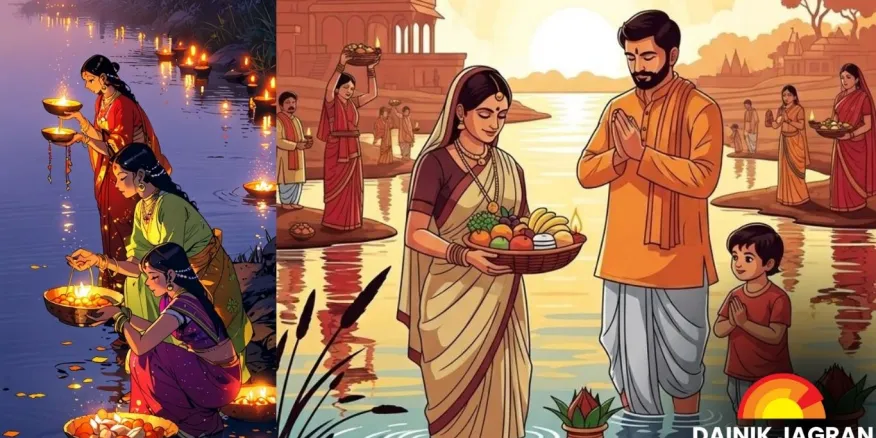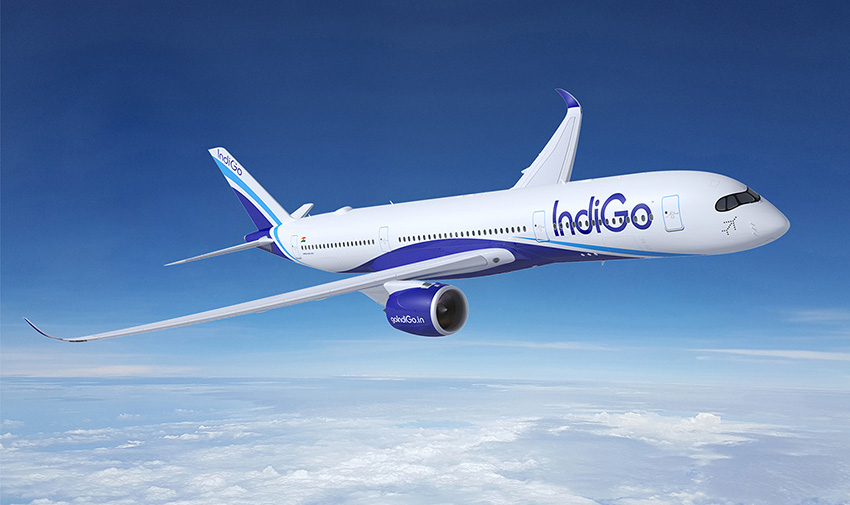Now Reading: Why Regional Languages Still Matter in 2025: More Than Just Words
-
01
Why Regional Languages Still Matter in 2025: More Than Just Words
Why Regional Languages Still Matter in 2025: More Than Just Words

In 2025, India’s tech-savvy and evolving population continues to rely heavily on English and Hindi for work, education, and digital communication. But despite this shift, regional languages like Marathi, Tamil, Bengali, and others are still deeply rooted in everyday life. In Tier 2 cities especially, they remain a key part of cultural identity and community interaction.
Cultural Identity and Local Connection
Language goes beyond simple communication—it carries emotions, traditions, and values. In cities like Bhopal, Madurai, or Nagpur, regional languages are still spoken in homes, markets, and local gatherings. While youth may speak English at work, they often return to their mother tongue when expressing love, humor, or emotions. This everyday usage helps keep local cultures vibrant and connected.
Digital Growth in Regional Tongues
The rise of regional content online has changed how people engage with the internet. Apps, websites, and even social media platforms are now offering more content in regional languages. In Tier 2 and Tier 3 cities, people are consuming and creating content in their native tongues, making the digital world more inclusive and accessible.
Education and Language Choice
Many schools are offering regional language education alongside English. Parents in smaller cities are increasingly valuing this approach, as it helps children stay connected to their roots while also preparing them for global opportunities. Regional language learning improves understanding, especially for first-generation learners, and ensures better academic participation.
Local Economy and Communication
Businesses that use local languages in advertising and customer service are often more trusted by customers. In smaller towns, people prefer dealing with those who speak their language, whether it’s in a shop, hospital, or bank. Even government services are increasingly using regional languages to connect better with citizens.
Conclusion
Regional languages continue to play a powerful role in shaping identity, communication, and local pride. In 2025, their importance is not just cultural but practical. As India grows and modernizes, preserving and promoting regional languages is key to building a more inclusive and connected society, especially in Tier 2 cities where tradition and change go hand in hand.

























